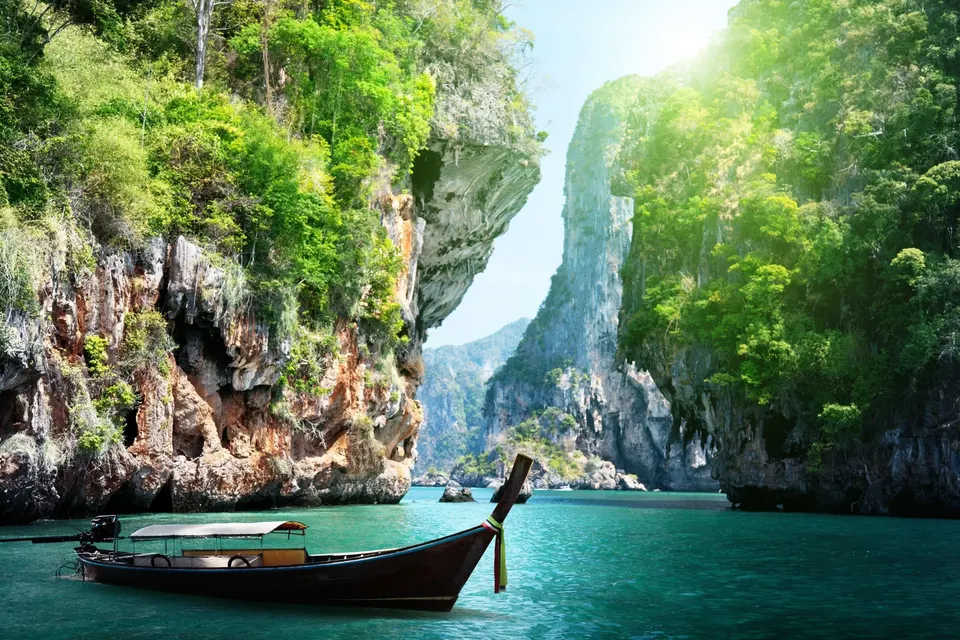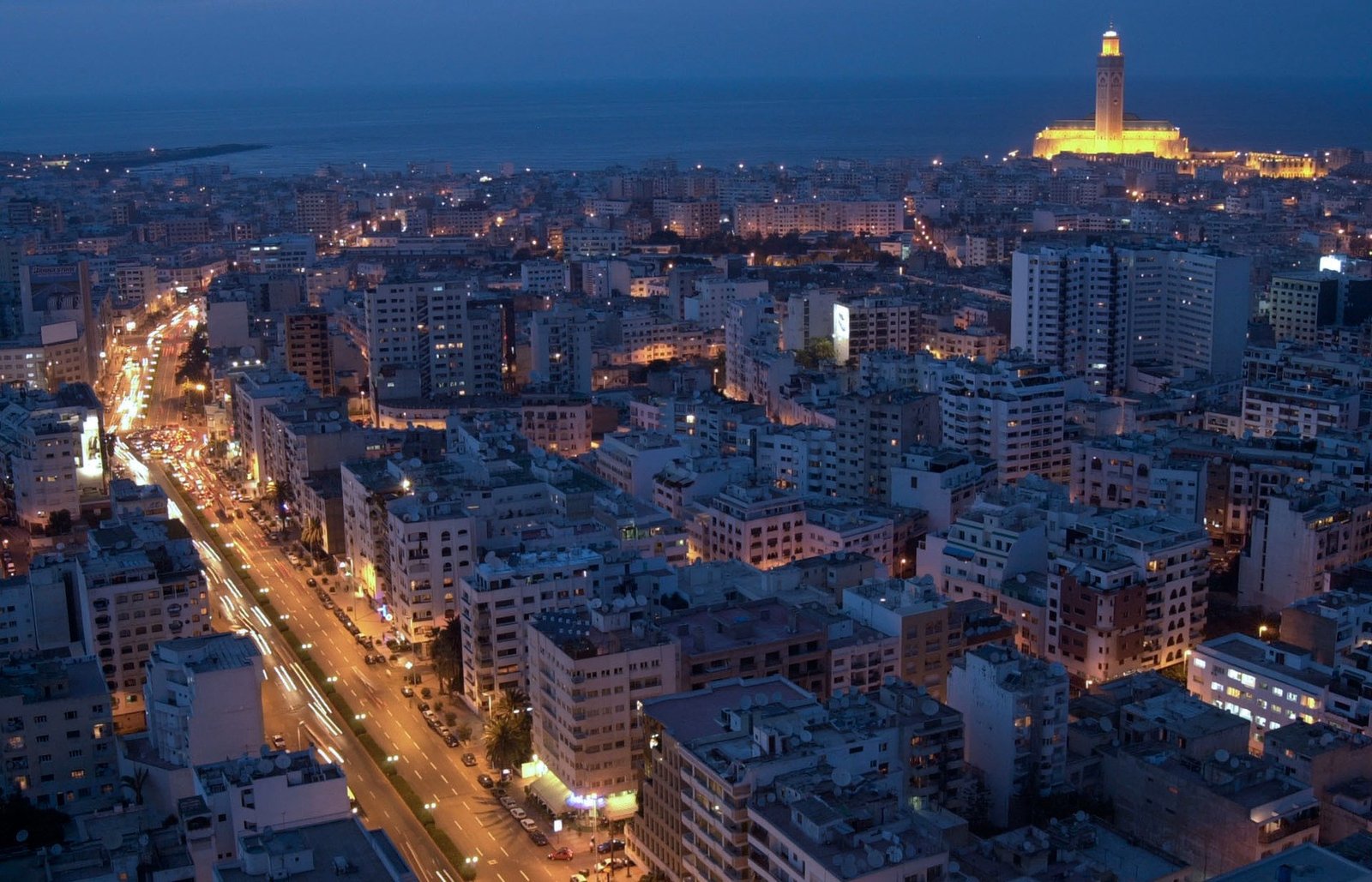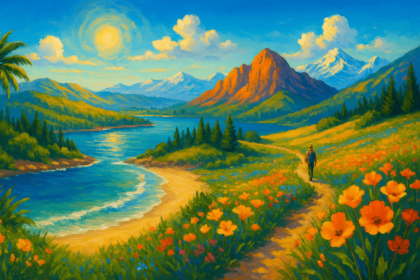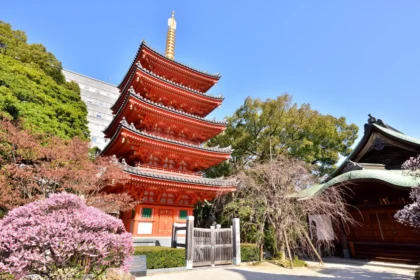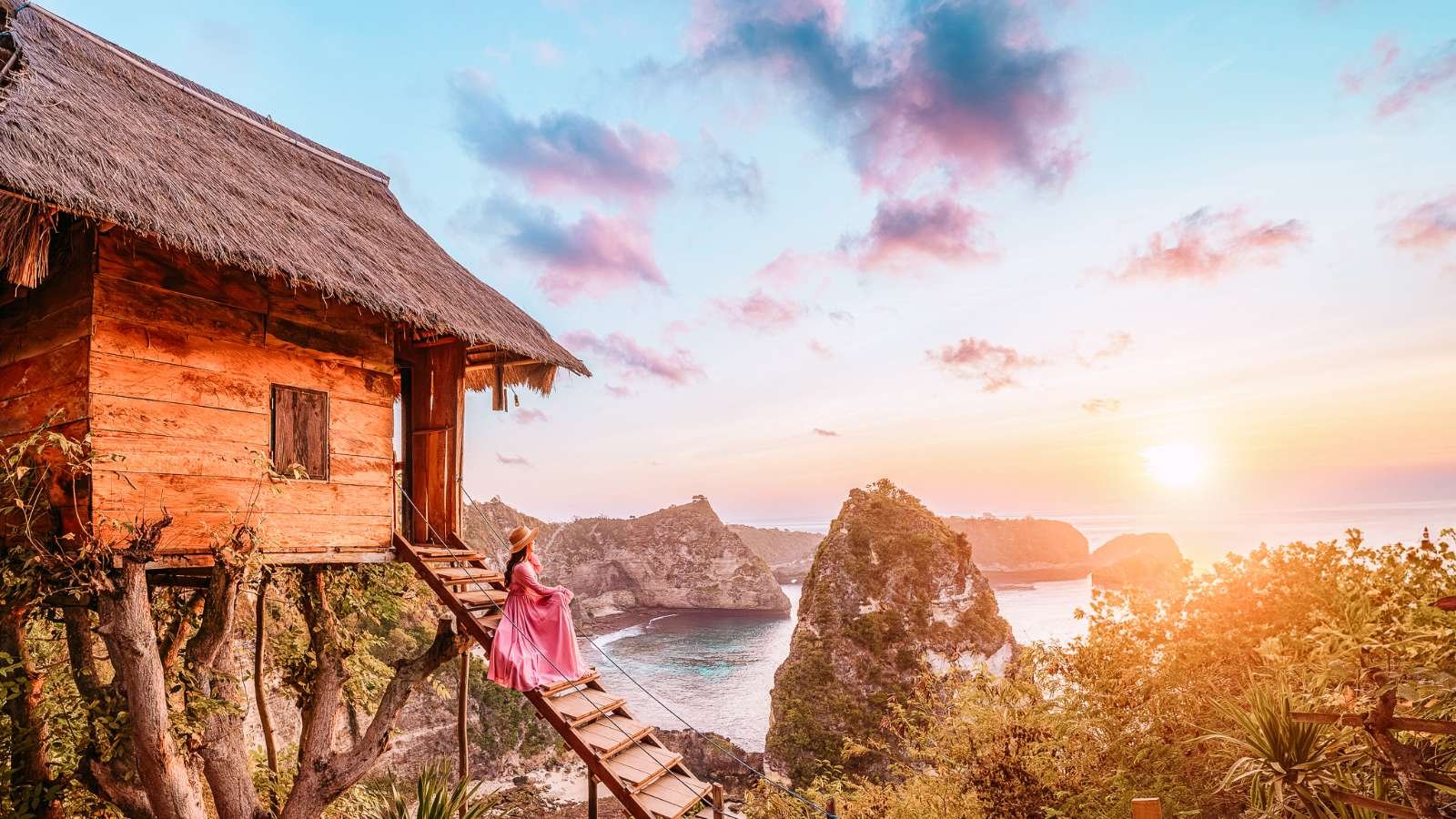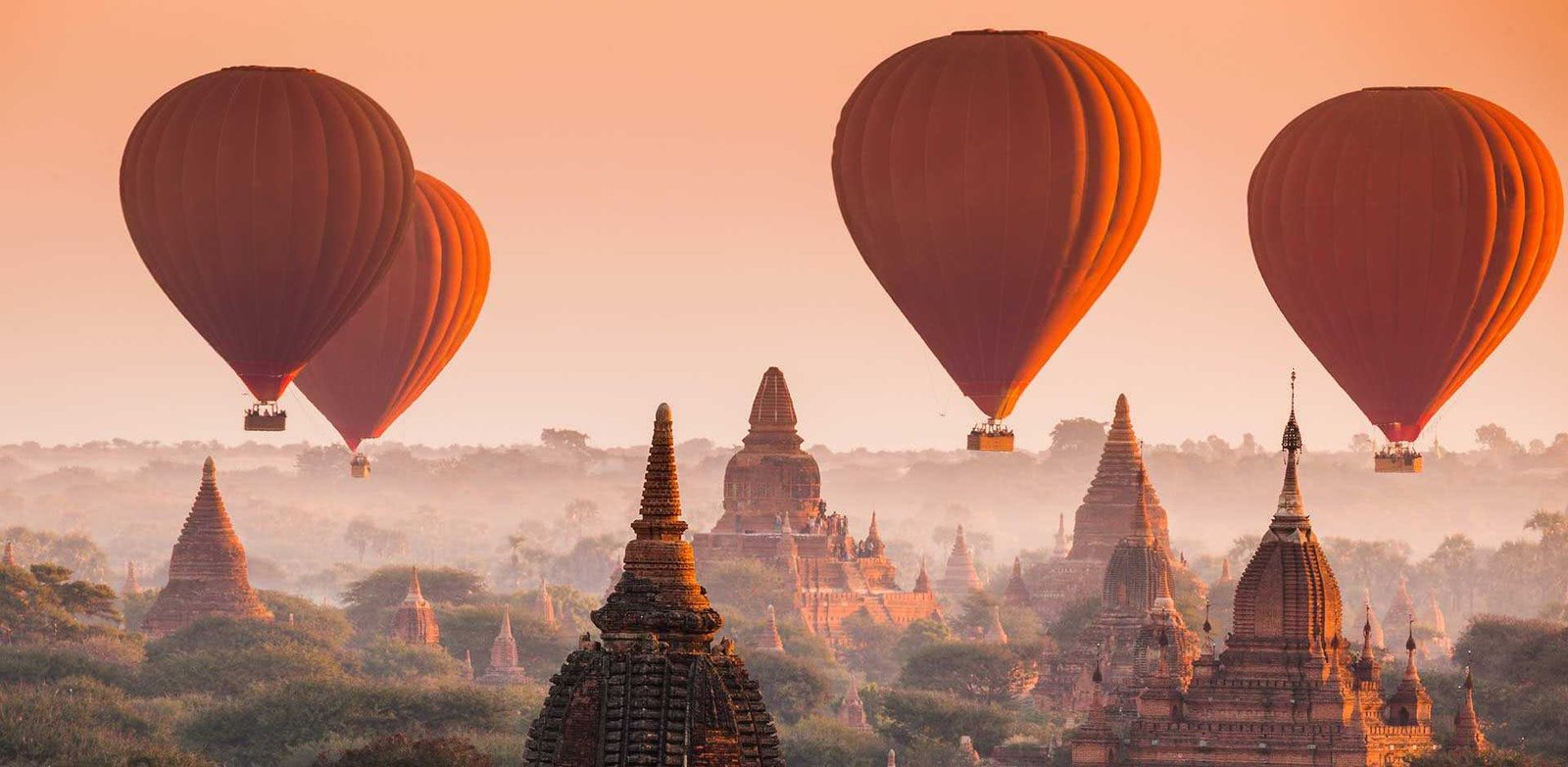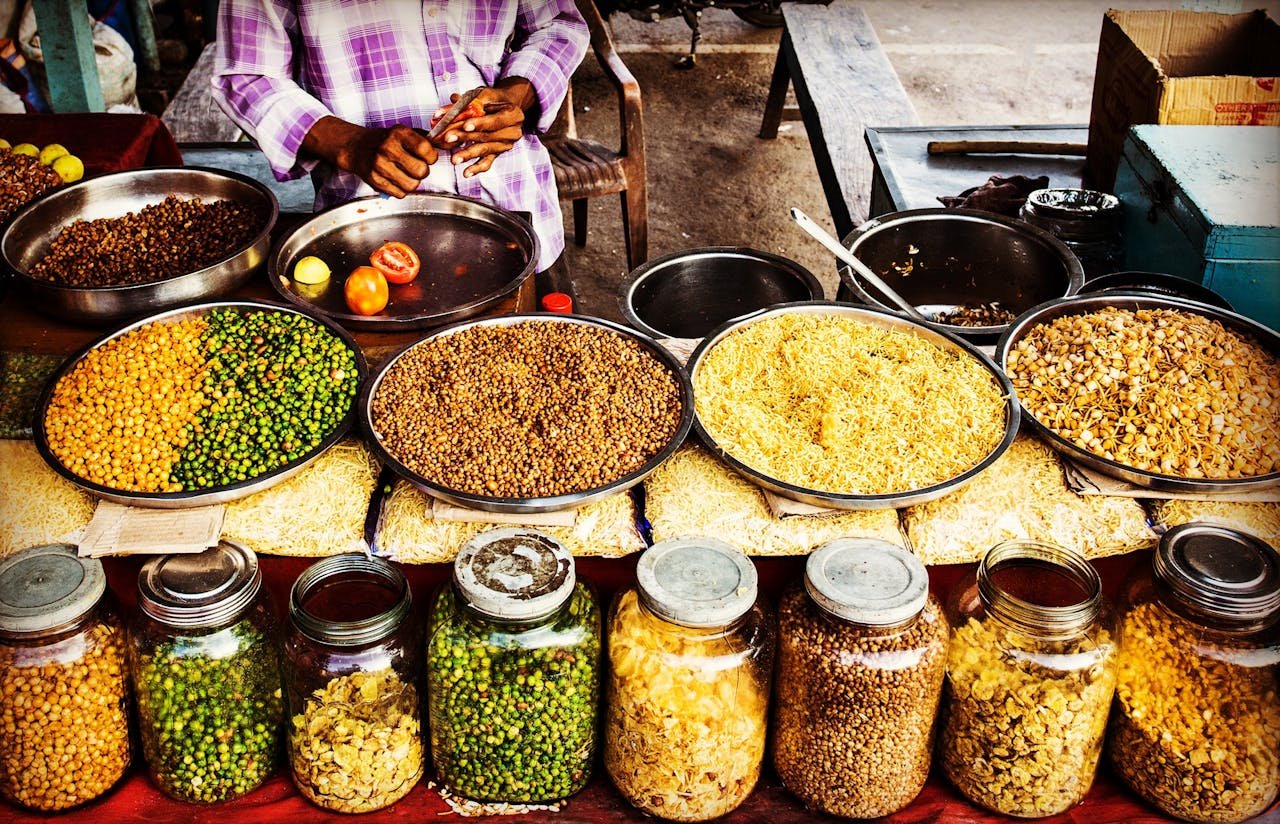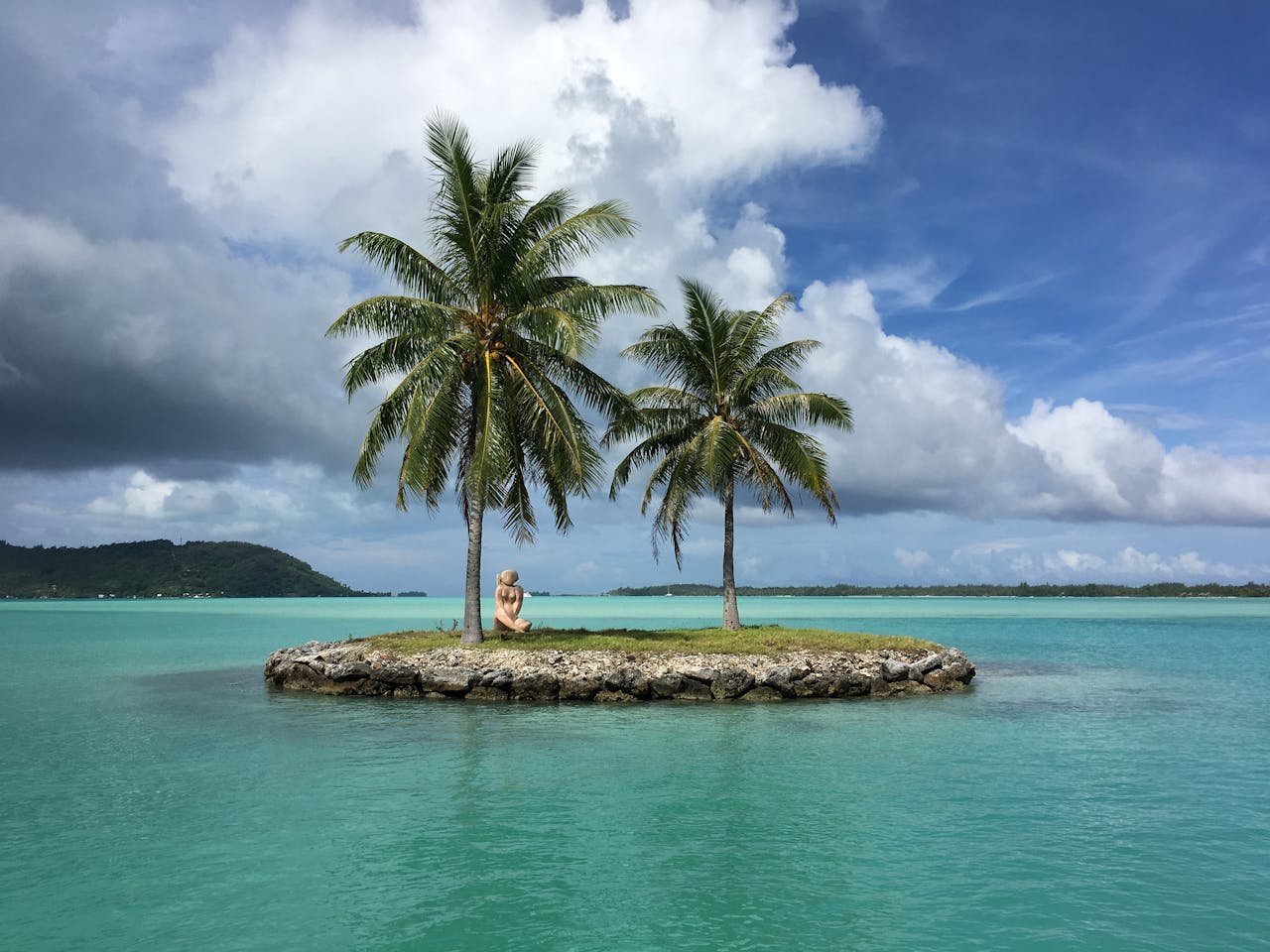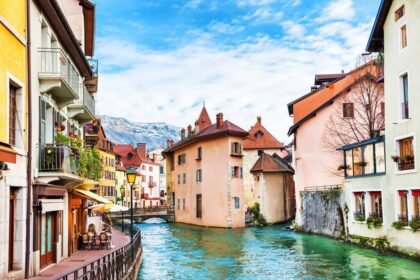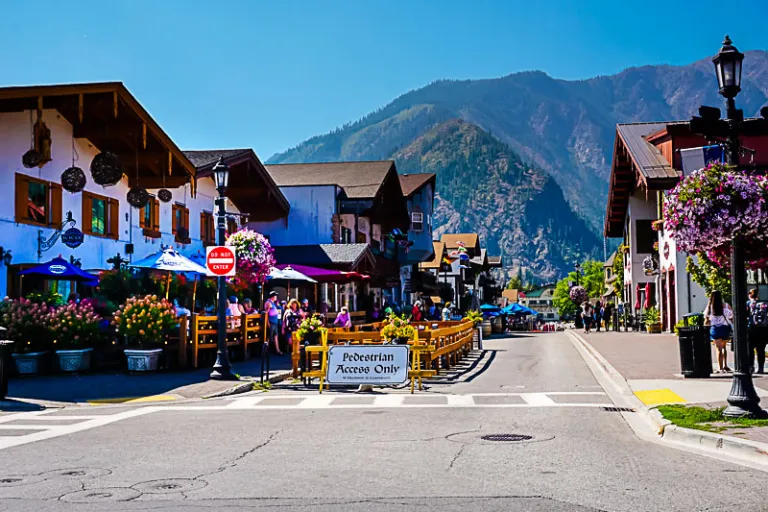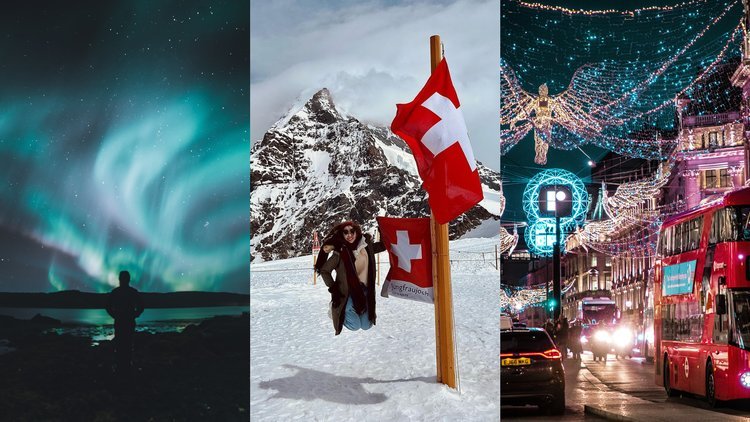Kagoshima is one of the most interesting and varied places to visit in southern Japan. This city, along with its famous neighbor Sakurajima, offers a mix of nature, culture, and history. It has beautiful views of volcanoes, a subtropical charm, and a rich samurai history.
This Kagoshima travel guide is meant to be a timeless resource—a detailed, useful, and always-relevant companion for travelers who want real, long-lasting information. The strategies, tips, and attractions covered here will always be useful, whether you’re going soon or planning for the future.
1. Introduction: What Makes Southern Japan Special
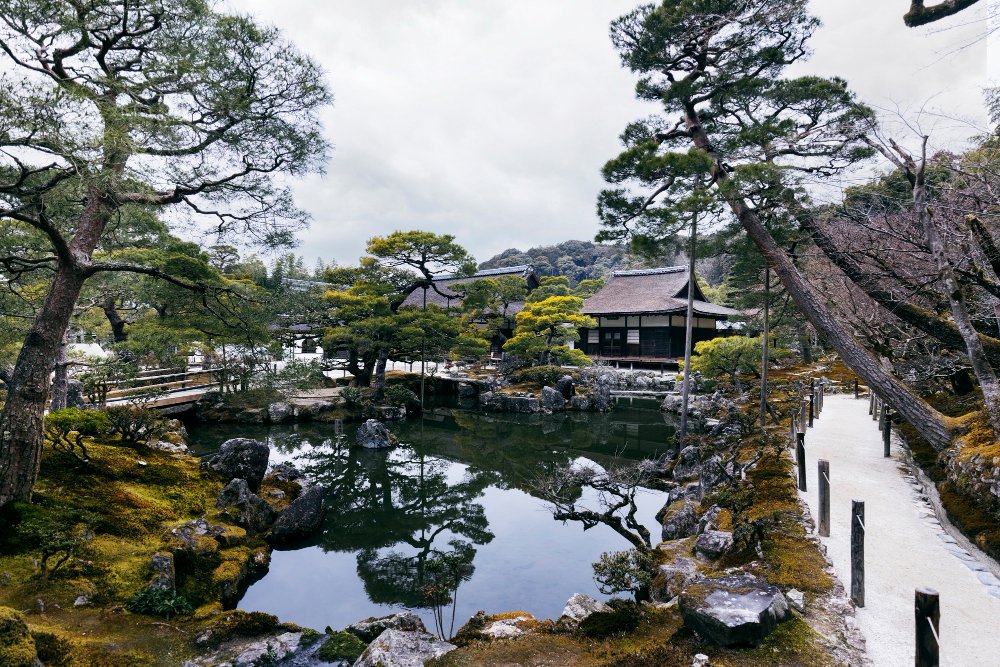
Kagoshima is on the southernmost tip of Kyushu, which is Japan’s third-largest island. People often call it the “Naples of the East” because of its beautiful bay and palm-lined streets, as well as the active volcano Sakurajima that rises above the city.
The city has a mix of old-world charm and modern energy. People are known for being warm and strong, and it’s a place where samurai legacies meet modern creativity. Volcanic ash makes the land fertile.
Travel Smarter, Pack Better

Experience a carry-on built for travelers who value durability and sleek design. Its hard-shell exterior keeps your belongings protected wherever you go.
Move through airports with ease thanks to smooth 360° spinner wheels and a lightweight frame. Every detail is crafted to make travel feel effortless.
With smart interior compartments, this suitcase helps you stay organized on weekend trips or long adventures. Reliable, stylish, and ready for every journey.
Kagoshima is all about balance:
- One day you can soak in hot springs
- The next you can hike near a volcano
- The next you can eat fresh seafood while looking out over a calm bay
It feels like a city that is both alive and deeply connected to nature.
2. Getting There and Moving Around
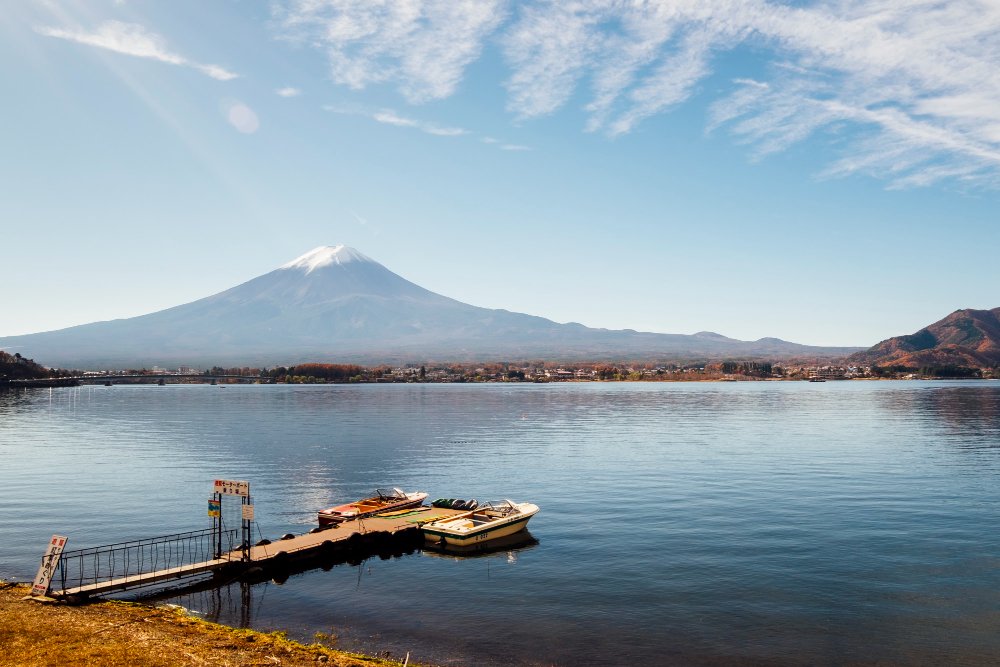
By Plane
Kagoshima Airport (KOJ) has flights to big cities like Tokyo, Osaka, and Fukuoka. It’s easy to add Kagoshima to a Japan itinerary because there are many domestic flights. The airport is about 40 minutes from the center of town, and buses run all day.
By Train
The Kyushu Shinkansen is a fast and beautiful way to get from Kagoshima-Chuo Station to Fukuoka (Hakata Station) in about 80 minutes. Taking the train lets you see the countryside from all angles and get to the city center without any stress.
By Boat
Ferries are a must for people who want to visit nearby islands or go to Sakurajima. The ferry from Kagoshima to Sakurajima runs every 10 to 15 minutes, day and night, and takes only 15 minutes to cross the bay.
How to Get Around Kagoshima
- Trams and buses connect the city’s main attractions
- The Kagoshima City View Bus is a convenient loop service stopping at popular places like Sengan-en Garden and the ferry terminal
- Renting a car or bike is ideal for exploring Sakurajima for flexibility
Tip: Get a one-day pass for buses, trams, and ferries in the city. It simplifies planning, saves money, and keeps your trip stress-free.
3. When to Go to Kagoshima
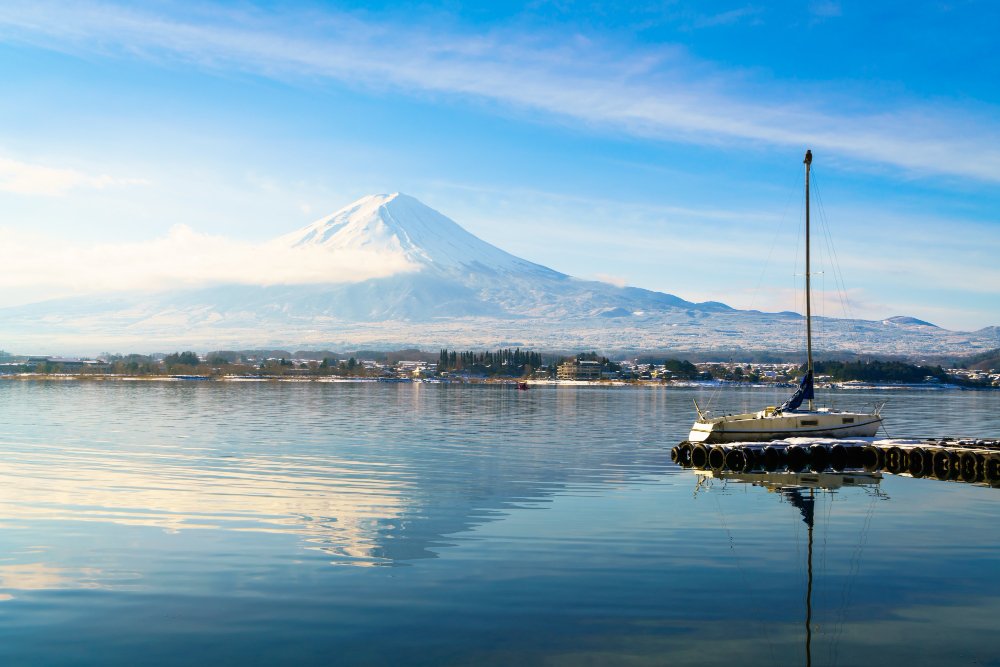
Kagoshima has a mild, subtropical climate, so it’s suitable to visit year-round. Each season offers a unique experience:
- Spring (March–May): Cherry blossoms and pleasant weather, perfect for sightseeing and gardens.
- Summer (June–August): Hot and humid, with lively festivals and bay fireworks.
- Autumn (September–November): Clear skies, mild temperatures, and beautiful foliage on Sakurajima.
- Winter (December–February): Cool but comfortable; ideal for hot springs and volcano views without crowds.
Packing Essentials: Breathable clothes, walking shoes, a light rain jacket, a small towel for hot springs or foot baths, and a hat or mask for occasional ash from Sakurajima.
4. Things to Do in Kagoshima City
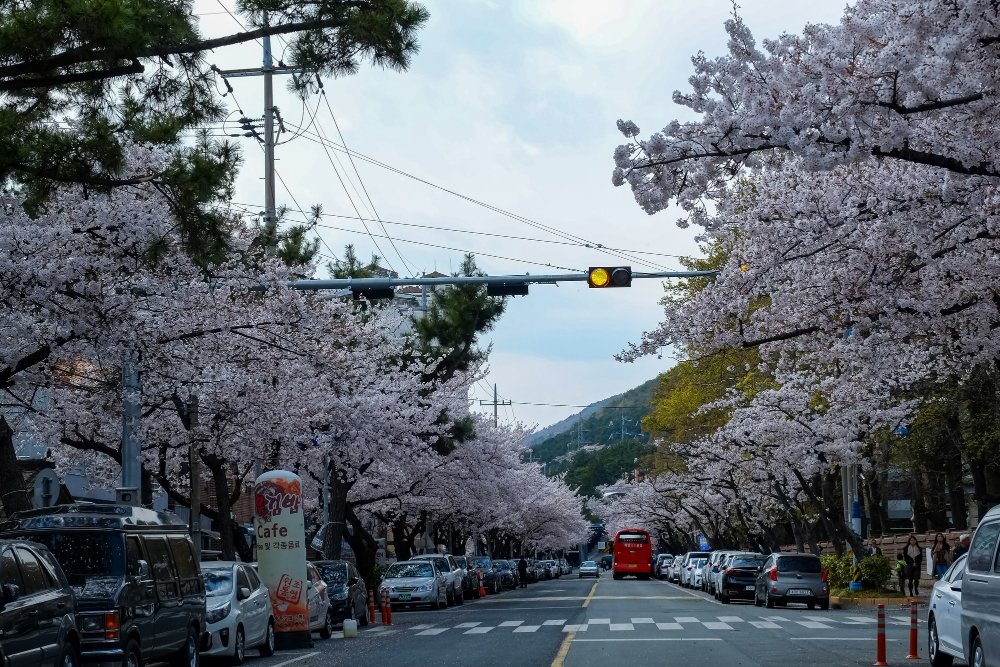
4.1 Sengan-en Garden
- Historic samurai garden from the 17th century
- Features ponds, bamboo groves, and traditional buildings
- Offers stunning views of Sakurajima across the bay
4.2 Shiroyama Observatory
- Best panoramic city views
- Short uphill walk rewards with sights of Kagoshima Bay, downtown, and the volcano
- Magical at sunset or evening when city lights reflect on the water
4.3 Tenmonkan Area
- Kagoshima’s entertainment center
- Full of restaurants, bars, and local shops
- Try Kagoshima ramen and taste shochu, the local distilled spirit
4.4 Kagoshima City Aquarium
- Near the ferry terminal
- Highlights marine life from local waters
- Families and photography lovers enjoy dolphin exhibits and underwater tunnels
4.5 Iso Beach & Waterfront Walk
- Peaceful coastal area with walking paths
- Small cafés with volcano views
- Ideal for quiet reflection or cycling
5. Discovering Sakurajima, the Living Volcano
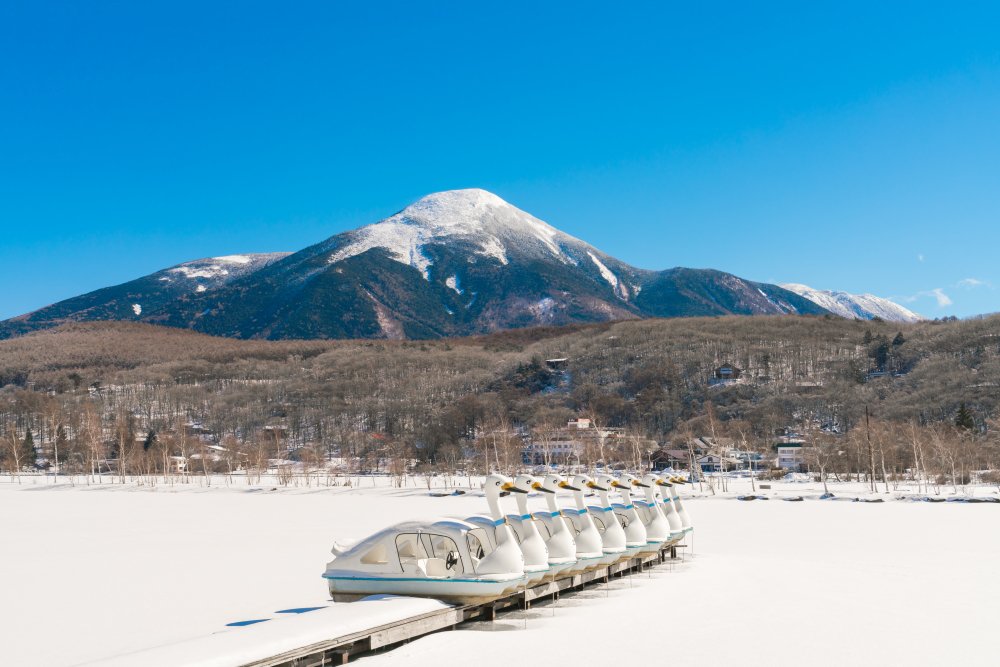
Sakurajima is one of Japan’s most active volcanoes and the most famous landmark of Kagoshima. Once an island, it became a peninsula after a massive eruption in 1914.
Things to See and Do
- Sakurajima Visitor Center: Learn about volcanic history and local life
- Nagisa Lava Trail: Scenic walking path through hardened lava and along the coast
- Yunohira Observatory: Closest public viewpoint to the volcano summit
- Sakurajima Foot Bath Park: Natural hot springs with bay views
- Cycling the Island: 36-kilometer road around Sakurajima with farms, shrines, and volcanic landscapes
Life with the Volcano
- Locals live harmoniously with the volcano
- Ashfall is common, but life continues normally
- Fertile volcanic soil grows huge vegetables like Sakurajima daikon radish and small komikan oranges
6. Cultural and Historical Heritage
Kagoshima has a rich cultural history as the center of the Satsuma Domain, a powerful clan that influenced the Meiji Restoration. Samurai legacy is visible in architecture, museums, and traditions.
Important Cultural Sites
- Reimeikan Museum: Explores samurai history and cultural development
- Terukuni Shrine: Honors Shimazu Nariakira, a leader who modernized Kagoshima
- Iso Residence: Preserved samurai house illustrating feudal life
- Kirishima Shrine (Day Trip): Ancient shrine in cedar forests; peaceful spiritual site
Evergreen Insight: Understanding Kagoshima’s samurai roots adds depth to gardens, festivals, and sightseeing.
7. Food and Drink: Kagoshima Tastes
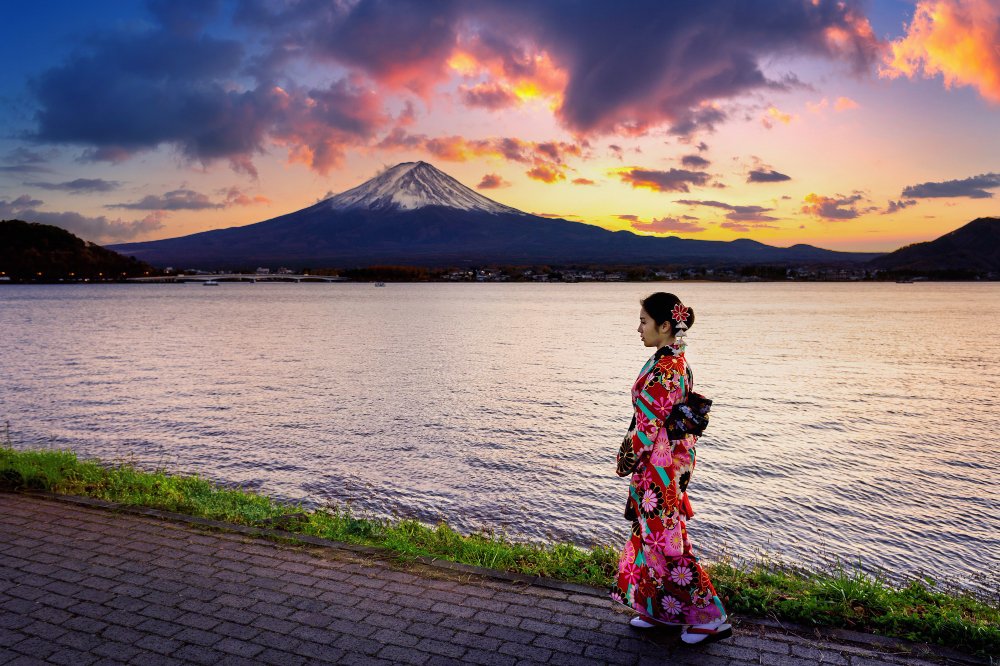
Kagoshima’s cuisine is unique due to its climate, volcano, and coastline.
Local Foods
- Kurobuta (black pork): Tender, often served as shabu-shabu or tonkatsu
- Satsuma-age: Deep-fried fish cakes
- Shirokuma: Shaved ice dessert with fruit and condensed milk
- Sakurajima Daikon: Giant radish used in pickles and stews
- Kagoshima Shochu: Sweet potato spirit with rich aroma and smooth taste
Evergreen Tip: Ask for seasonal dishes — many restaurants adjust menus based on the harvest.
8. Choices for Lodging
In Kagoshima City
- Modern Hotels: Near Kagoshima-Chuo Station or waterfront, convenient for sightseeing
- Traditional Ryokan: Tatami rooms, futons, and onsen baths for authentic experience
- Guesthouses & Hostels: Ideal for solo travelers and backpackers, often with local tips
On Sakurajima
- Local Inns: Wake up to volcano views, enjoy open-air baths, and experience peaceful peninsula life
Booking Advice: Reserve early for volcano-view rooms and holidays; choose flexible cancellation policies.
9. A 3-Day Kagoshima Itinerary
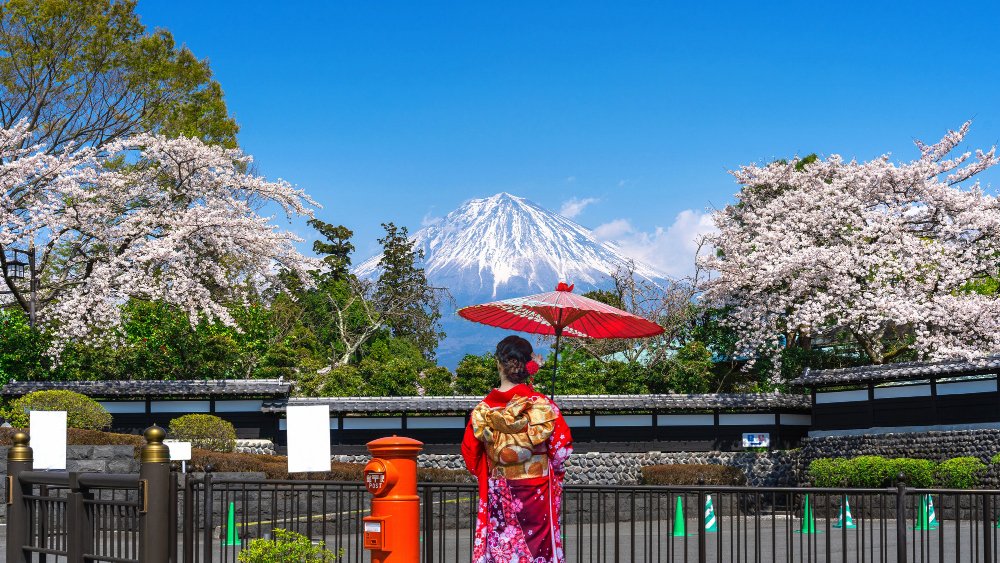
Day 1: City Highlights
- Morning: Explore Tenmonkan, lunch with Kagoshima ramen
- Afternoon: Visit Sengan-en Garden and Shiroyama Observatory
- Evening: Dinner by the bay and watch Sakurajima at night
Day 2: Adventure on Sakurajima
- Morning: Ferry to Sakurajima, Visitor Center, Lava Trail walk
- Afternoon: Foot Bath Park, bike along coastal road, local citrus snacks
- Evening: Return to city for black pork shabu-shabu and shochu
Day 3: Culture & Relaxation
- Morning: Terukuni Shrine and Reimeikan Museum
- Afternoon: Short onsen trip to Ibusuki or Kirishima
- Evening: Last meal at nearby izakaya
10. Useful Travel Tips
- Get up early for the best volcano views
- Check ferry schedules to avoid long waits
- Bring cash; smaller stores may not accept cards
- Stay hydrated in the subtropical climate
- Respect local etiquette: remove shoes indoors, greet politely
- Protect yourself from light ash with sunglasses and hats
- Use coin lockers for safekeeping while exploring
These tips are timeless for travel anywhere in Japan.
11. Day Trips and Nearby Destinations
- Ibusuki Onsen: Famous sand baths by the ocean
- Kirishima Mountains: National park with volcanoes, forests, crater lakes, hiking trails
- Yakushima Island: UNESCO World Heritage site with ancient cedar trees
- Chiran Samurai District: Well-preserved samurai homes and stone walls
These day trips complement Kagoshima with history, nature, and relaxation.
12. Traveling Mindfully

Kagoshima locals are proud of their city and live harmoniously with the volcano. Visitors deepen their experience by respecting local life and environment.
Sustainable Travel Habits:
- Support local family-run businesses
- Use refillable water bottles
- Stay on marked trails at Sakurajima
- Participate responsibly in local festivals
Mindful travel helps preserve natural beauty and cultural heritage.
13. Photography & Sightseeing Tips
- Sunrise over Sakurajima from ferry or Sengan-en Garden
- Golden hour at Shiroyama Observatory
- Protect camera lenses from volcanic ash
- Night photography: city lights with dark volcano silhouette
These classic photo spots remain timeless.
14. Why Kagoshima Will Always Be Timeless
Kagoshima balances land and sea, fire and peace, modern life and tradition. Its charm comes from natural power and rich culture, not trends or technology. Volcanoes, gardens, and friendly people remain constant year after year.
15. Last Words
Kagoshima is a living story of nature and resilience. Its people coexist with a volcano that shapes land and spirit. This harmony ensures an unforgettable visit.
By using this Kagoshima travel guide, travelers have all they need for discovery, beauty, and connection. From ferry rides to quiet hot spring baths, Kagoshima promises memories that last a lifetime.
Bring curiosity and an open heart, and let southern Japan’s volcano city surprise you.
Don’t Miss:
- 7, 10, or 14 Days in Kyushu (With or Without a JR Pass)
- The Best Cities and Neighborhoods to Stay in Kyushu
- Hakata Ramen, Yatai Stalls, and Local Specialties in Kyushu

